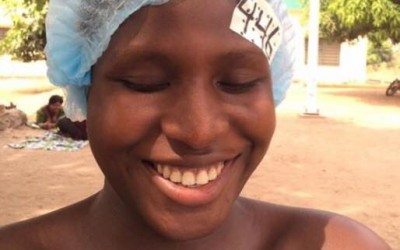This Mother's Day, give your mom a patchwork bag from Togo. All proceeds go...
sight
Connection Between Farming and Eye Surgeries
Farming. Eye surgeries. What is the connection between the two? We get this...
Beloved New Region
The region of Elavagnon is the biggest challenge Sight.org has ever faced....
Meet Koassi
He is 55 years old. He worked as a road builder, but when he developed a...
Sight.org Visits Grace Vision
sight.org's founder, Lewis Swann and his wife Naomi Swann went to South Africa...
Ragsdale and Martin Optical donates to Sight.org
We are very excited to share this news with you!...
Urgent Prayer Request
Urgent prayer request for Sight.org! Our medical team is in a new village...
“Can Anyone Help My Little Angelé?”
My name is Kornye. I am a farmer. I am a dad. I have a nine-year-old daughter...
You are amazing
Dear friends & supporters, You are truly amazing and we thank you. Since...
ETMC Nurse in Togo, Africa
“Yovo yovo, bonsior, ça va bien, merci!” The little Togolese children would...
Teaching Children Different Ways to Worship God
In September we started expanding the ministry weeks in the villages here in...
Stories Behind the Art at Sight Night
Last week, we had our first annual Sight Night: The Joy of Sight. It featured...











